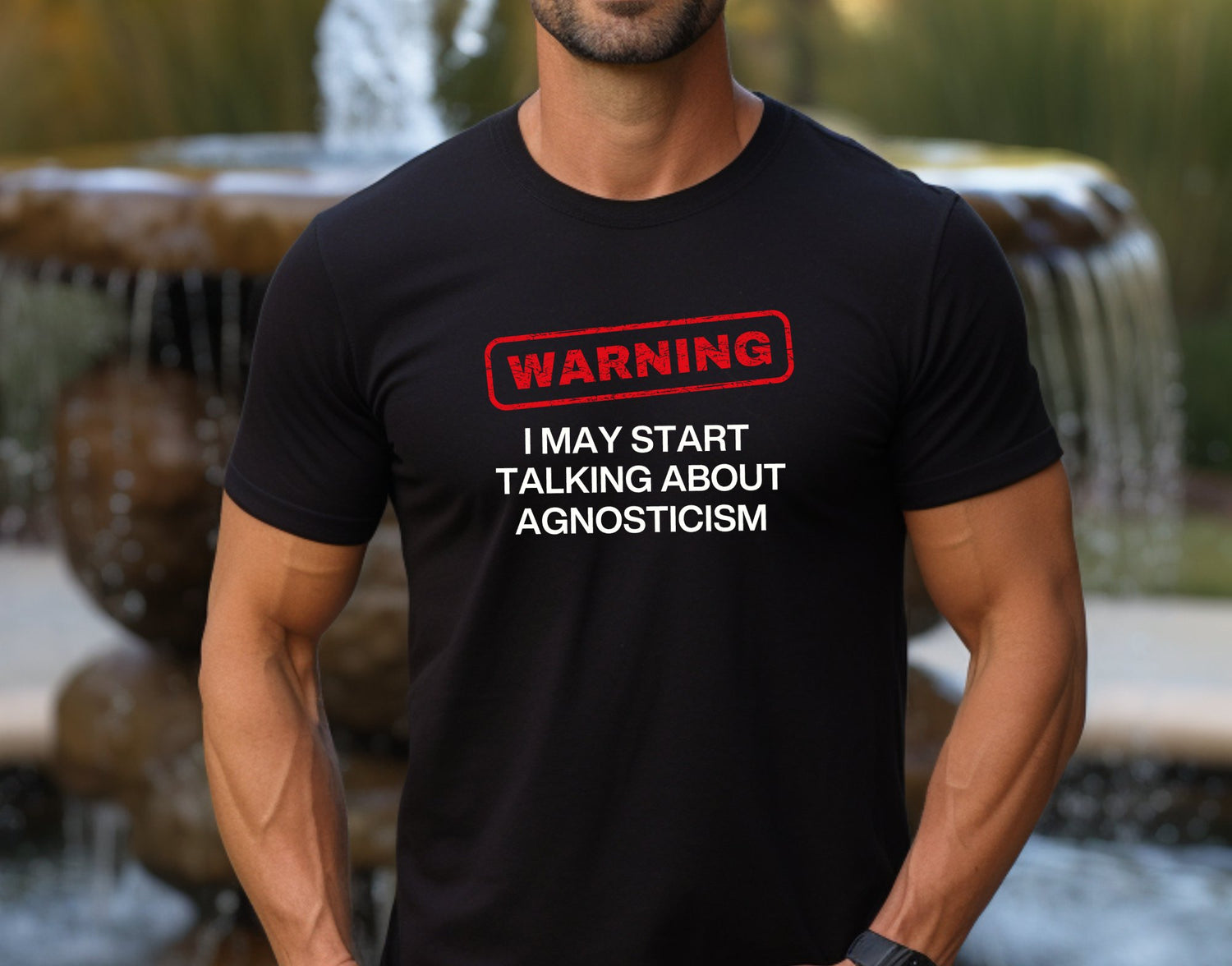Understanding Isaiah Berlin’s Concept of Freedom
Isaiah Berlin, a 20th-century political philosopher, made a lasting impact on political thought with his distinction between positive freedom and negative freedom. In his seminal lecture Two Concepts of Liberty (1958), Berlin argued that these two forms of freedom represent fundamentally different ways of understanding individual autonomy and the role of authority in society.
Negative Freedom: Freedom from Interference
Negative freedom, according to Berlin, refers to the absence of external constraints on individual action. It is the freedom to act without coercion, so long as one does not infringe on the rights of others. This form of liberty is often associated with classical liberalism and the idea that a just society minimizes state interference in private life.
Key aspects of negative freedom include:
- Limited Government: The state should interfere as little as possible in personal choices.
- Rule of Law: Individuals should be protected from arbitrary power and unjust restrictions.
- Personal Autonomy: People should be free to pursue their own goals without coercion from others, including the government, religious institutions, or social groups.
Berlin saw negative freedom as essential for a pluralistic society, where individuals with differing values and goals could coexist peacefully. However, he also recognized that excessive negative freedom could lead to inequality, as those with more resources could exercise their freedoms more fully than those without.
Positive Freedom: Freedom as Self-Mastery
Positive freedom, in contrast, is about the ability to be one’s own master—to be free in the sense of self-determination and autonomy. It is not just about the absence of external constraints but about having the power to act according to one’s rational will.
Key aspects of positive freedom include:
- Self-Realization: The idea that true freedom comes from realizing one’s potential and acting in accordance with reason rather than impulse.
- Collective Freedom: Some interpretations of positive freedom suggest that individuals may be liberated through participation in a just society that promotes the common good.
- The Role of the State: Unlike negative freedom, which seeks to limit government intervention, positive freedom can justify a more active role for the state in promoting education, economic opportunities, and social welfare.
The Dangers of Positive Freedom
Berlin was particularly wary of how positive freedom could be manipulated to justify authoritarian rule. He argued that when leaders or ideologies claim to know what is best for individuals—forcing them into a supposed state of self-realization—they can end up imposing restrictions on personal liberties in the name of collective good.
Examples include:
- Totalitarian regimes that justify control by claiming to act in the people's "true" interests.
- Compulsory social or moral programs that force individuals into a prescribed notion of the good life.
Berlin cautioned that the pursuit of positive freedom, if taken to an extreme, could lead to oppression disguised as liberation.
The Balance Between Negative and Positive Freedom
While Berlin emphasized the risks of positive freedom, he did not reject it entirely. He acknowledged that true liberty often requires both negative and positive elements. A society that ensures freedom from interference but does not provide individuals with the means to exercise their autonomy may still fail to create meaningful liberty.
In modern politics, the debate between positive and negative freedom plays out in discussions about:
- Welfare policies (providing resources to enable individuals to exercise their freedoms).
- Civil rights and liberties (ensuring both protection from oppression and active participation in society).
- The role of government in economic and social life (balancing free markets with social responsibility).
Final Thoughts
Isaiah Berlin’s distinction between negative and positive freedom remains one of the most influential ideas in political philosophy. His insights warn against the dangers of coercion in the name of collective well-being while acknowledging the need for some level of state intervention to create conditions where people can exercise true autonomy. The ongoing challenge is to find the right balance—ensuring both the absence of coercion and the presence of opportunities for meaningful self-determination.






















































